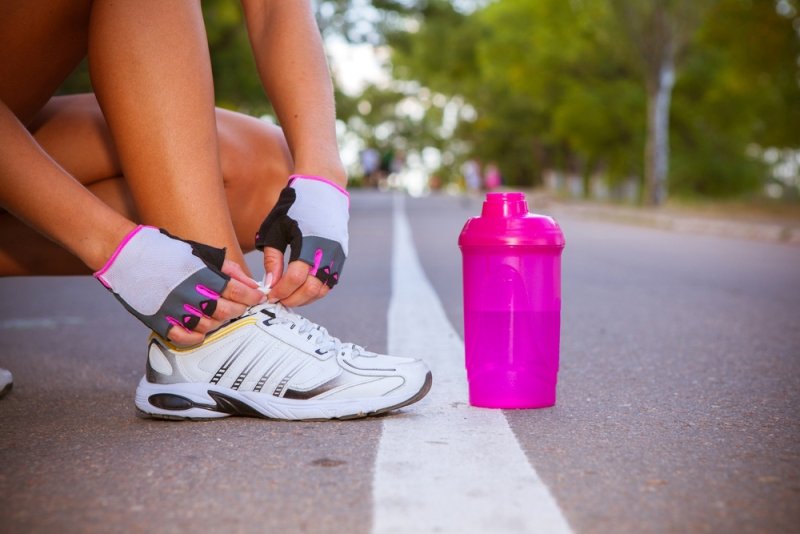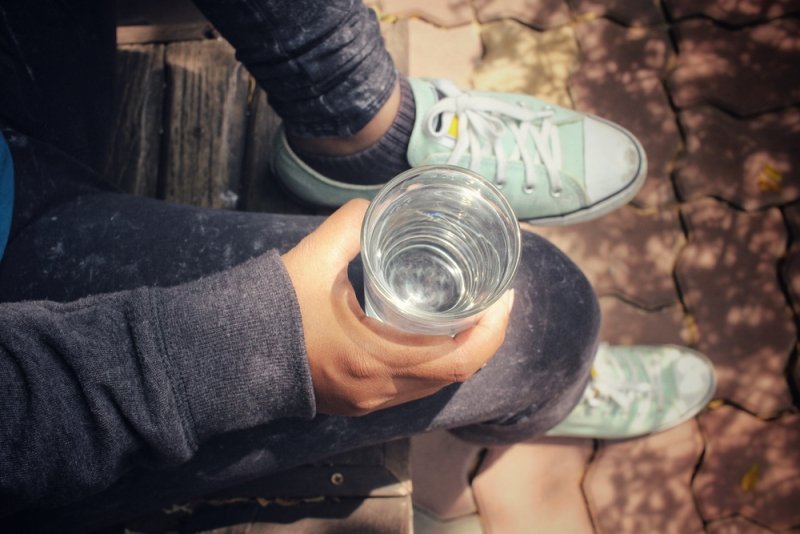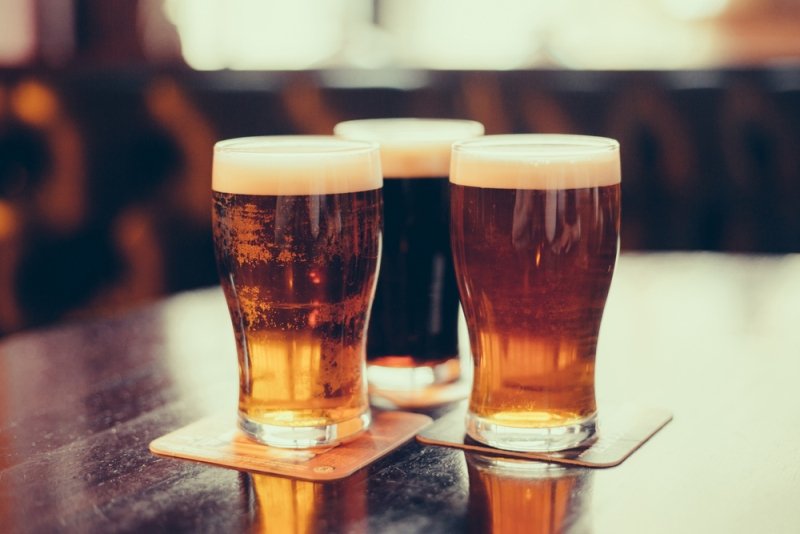Heat stroke occurs when the body natural’s ability to regulate core temperature begins to fail when the body becomes overheated. The normal core temperature of 98.6 degrees Fahrenheit is regulated by the body, regardless of hot or cold conditions. But when the body becomes overheated, it begins working so hard to cool down that it becomes dehydrated, leading to heat stroke symptoms. Heat stroke symptoms include rapid pulse, fatigue, severe headache, nausea and vomiting. Heat stroke causes include working outdoors and being in very high temperatures. Natural heat stroke prevention focuses on staying hydrated and avoiding temperatures that are too hot.
Heat Stroke Causes and Risk Factors
- Being in very high temperatures
- Being 65 years old or older
- Wearing dark or heavy clothing
- Being an infant or child
- Having a chronic medical condition such as obesity, cardiovascular disease, diabetes or respiratory disease
- Not having access to air conditioning
- Being an athlete
- Working outdoors

Heat Stroke Symptoms
- Body temperature above 103 degrees Fahrenheit
- Rapid and strong pulse
- Shallow breathing
- Hot, red, dry or moist skin
- Severe headache
- Fatigue
- Minimal or no sweating, despite the heat
- Nausea and vomiting
- Muscle weakness
- Muscle cramps
- Dark-colored urine
- Delirium
- Confusion
- Seizures
- Unconsciousness
Heat Stroke Prevention
1. Drink Plenty of Water
The most important part of heat stroke prevention is to stay hydrated. When you sweat, your body loses fluids. Drink plenty of water throughout the day, especially if you are spending time outdoors. Whether you are working, playing or exercising, keep cool drinking water near you at all times to help prevent dehydration.

Hydrating Foods
Eating hydrating foods can also help reduce your chances of developing heat stroke. Many fruits and vegetables are high in water content as well as electrolytes. To beat heat stroke, add the following foods to your diet:
- Coconut water
- Watermelon
- Oranges
- Grapefruits
- Pineapple
- Berries
- Bananas
- Grapes
- Kiwi
- Cucumber
- Bell peppers
- Carrots
- Zucchini
- Avocado
- Tomatoes
- Radishes
- Iceberg lettuce
- Broccoli
3. Avoid Sugary Drinks, Caffeine and Alcohol
Alcohol, caffeine and drinks full of sugar dehydrate the body. They cause increased urination and electrolyte loss. Consuming too much sugar can also lead to inflammation, which can worsen symptoms of heat stroke. Stick to water or coconut water to keep your body hydrated.

4. Avoid Direct Sunlight
Heat stroke prevention on a hot, sunny day may include avoiding direct sunlight. If you’re spending time outdoors on a hot day, stay in the shade or bring along an umbrella for sun protection. Athletes who train outdoors should schedule their workouts earlier or later in the day when temperatures are cooler.
5. Check Your Medications
Some medications can affect the body’s reaction to heat or interfere with salt and water balance. Medications that may raise your risk of heat stroke include antibiotics, antidepressants, laxatives, diuretics, antihistamines and drugs for heat disease, blood pressure and cholesterol. Talk to your doctor about your medications and your risk of heat stroke.

6. Stay in Air Conditioning
A small fan is not enough to keep your body cool on extremely hot days. If you need a break from the heat, head indoors. If you don’t have air conditioning at home, duck into a shopping mall, a local library, a restaurant or a movie theater for some cooler air.
7. Check on Those at Risk
Oh hot days, don’t forget to check on other people who are at risk of developing heat stroke. This includes people over the age of 65, children, infants and people who don’t have air conditioning in their home. Make sure that the people around you have access to a cool building and plenty of drinking water. Be sure to check on your pets, too! They can also develop heat-related illnesses.